Japanese New Year
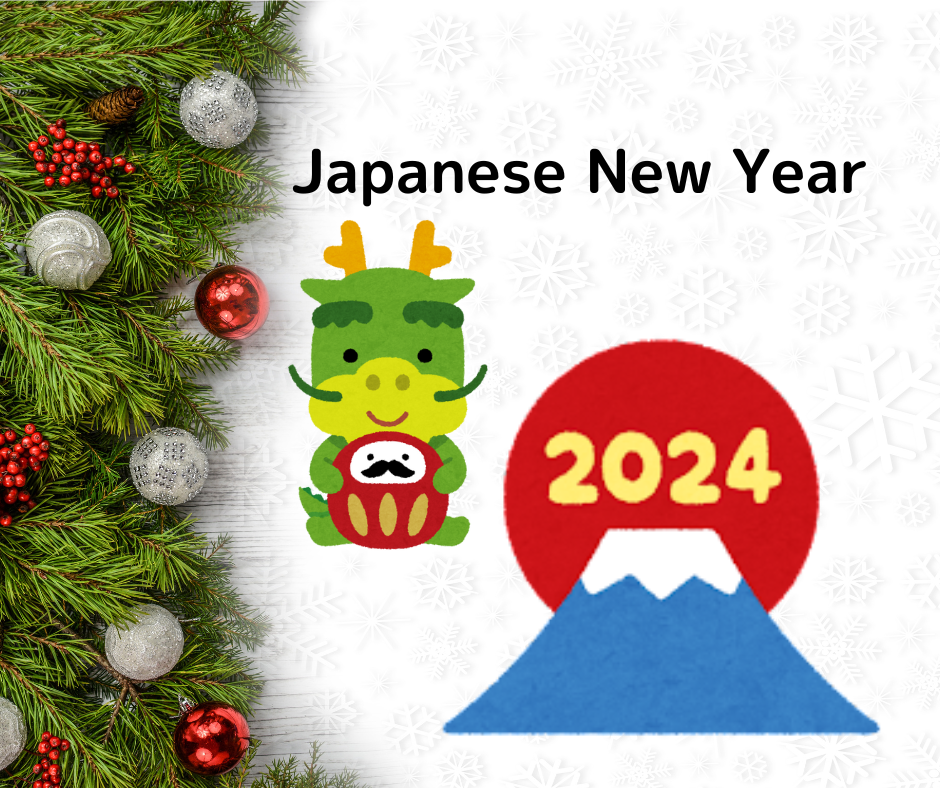 2023.12.26
2023.12.26New Year is the most important holiday in Japan. Most people have holiday from December 29th to January 3rd and spend it visiting their hometowns taking part in traditional activities and enjoy visiting friends and relatives.
People usually starts with a house cleaning to make sure that the home is prepared for the arrival of the New Year Gods (Toshigami) as you want to be able to start the new year with a clean start.

In advance of the new year, you prepare the decorations like a pair of auspicious pine and bamboo decorations (Kadomatsu) and the special food (Osechi ryori), presented in layered lacquer boxes, where most a lot of the food is considered to be auspicious of longevity, prosperity, and health. You can read here on Wikipedia all about the different kind of foods and their meaning.
https://en.wikipedia.org/wiki/Osechi
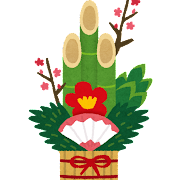
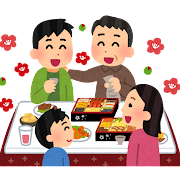
The Osechi you start eating on the 1st day of the new year, on the last day of the year, in the evening you eat long buckwheat noodles (Toshikoshi soba) which represent a long life.
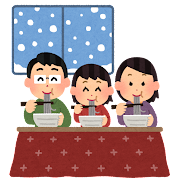
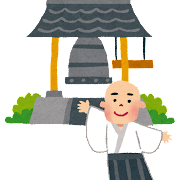
Visiting a shrine or temple to pray for good luck (Hatsumode)is one of the most important customs Japanese observe during the first three days of the new year.
This is a Shinto tradition, but many people visit a Buddhist temple instead. Many go to a shrine/temple at midnight to celebrate the turning of the year. At the stroke of midnight, at the Buddhist temple, a large temple bell is rung 108 times for the 108 evil passions that we humans supposedly have.
Even the small local grounds of both shrines and temples are packed with visitors. The most Popular shrines and temples, like Meiji Jingu Shrine or Naritasan Temple usually get around 1 million visitors during the first days of the New Year.
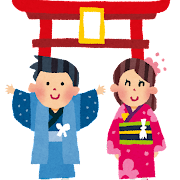
It is customary to give a small money gift to children of relatives and friends, the money is put in a special small envelope and is called Otoshidama.

Similar to the Western custom of sending Christmas cards, in Japan, there is a tradition of sending new year’s greeting cards. These (Nengojo) are sent to both family, friends and usually it includes a chance to win prizes in the Japan post office nation-wide lottery.
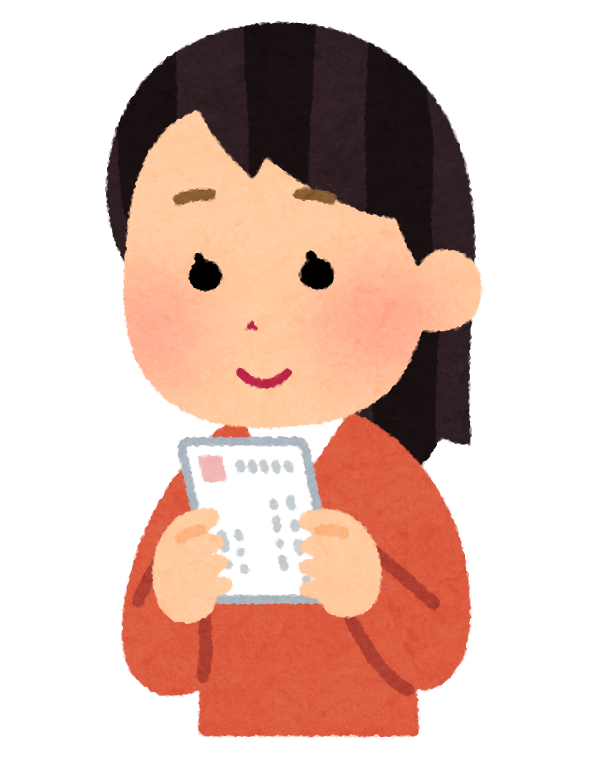
If you are in Japan for a short time, you can take the opportunity to see the Emperor and the rest of the Imperial Family on January 2nd when he make a public appearance at the Tokyo Imperial Palace. On that day, large crowds gather to pay their respect.
You can read all about it on this very nice webpage of the Imperial Household.
https://www.kunaicho.go.jp/e-event/sanga01.html
It is one of only two occasions when the Imperial grounds are open to the public, the second one on February 23rd, the Emperor`s birthday.





